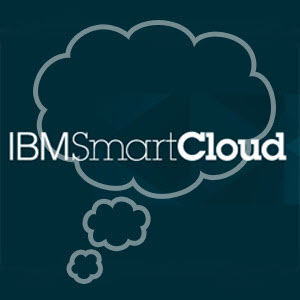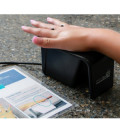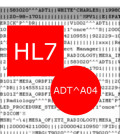What is a HL7 ADT message?
HL7 ADT – Admission, Discharge and Transfer
ADT messages are extremely common in HL7 processing and are among the most widely used of all message types. They communicate patient demographic and visit information, as well as the reason why the message is beingsent.
ADT messages are typically initiated by the HIS or a registration application,and are used to keep ancillary systems in-sync regarding the state of a patient.
Here are some great HL7 resources that I found on Amazon…great tools!
When a patient’s record is updated, an ADT message is sent. This way, all systems can maintain the patient’s current contact information, insurance, and next of kin, as well as their current patient location and attending doctor.
There are 51 different types of ADT message events that represent real world activities for the patient.
Some of the most commonly used ADT message events are the A01 message when a patient is admitted, the A02 when they’re transferred, and the A03 when they are discharged.
Within the contents of an ADT message you will find patient demographic and visit information.
Here we’re looking at different sample of some of the more common ADT event types.
In the PID segment you can find the patient’s name and contact information. The PV1 segment holds visit information such as the attending physician and the assigned patient location. The IN1 and IN2 segments are where you will find the patient’s primary and secondary insurance information.
Here is a listing of the more common ADT event types. Click the links for examples of the formatted HL7 messages.
- ADT-A01 – patient admit
- ADT-A02 – patient transfer
- ADT-A03 – patient discharge
- ADT-A04 – patient registration
- ADT-A05 – patient pre-admission
- ADT-A08 – patient information update
- ADT-A11 – cancel patient admit
- ADT-A12 – cancel patient transfer
- ADT-A13 – cancel patient discharge












You must be logged in to post a comment Login